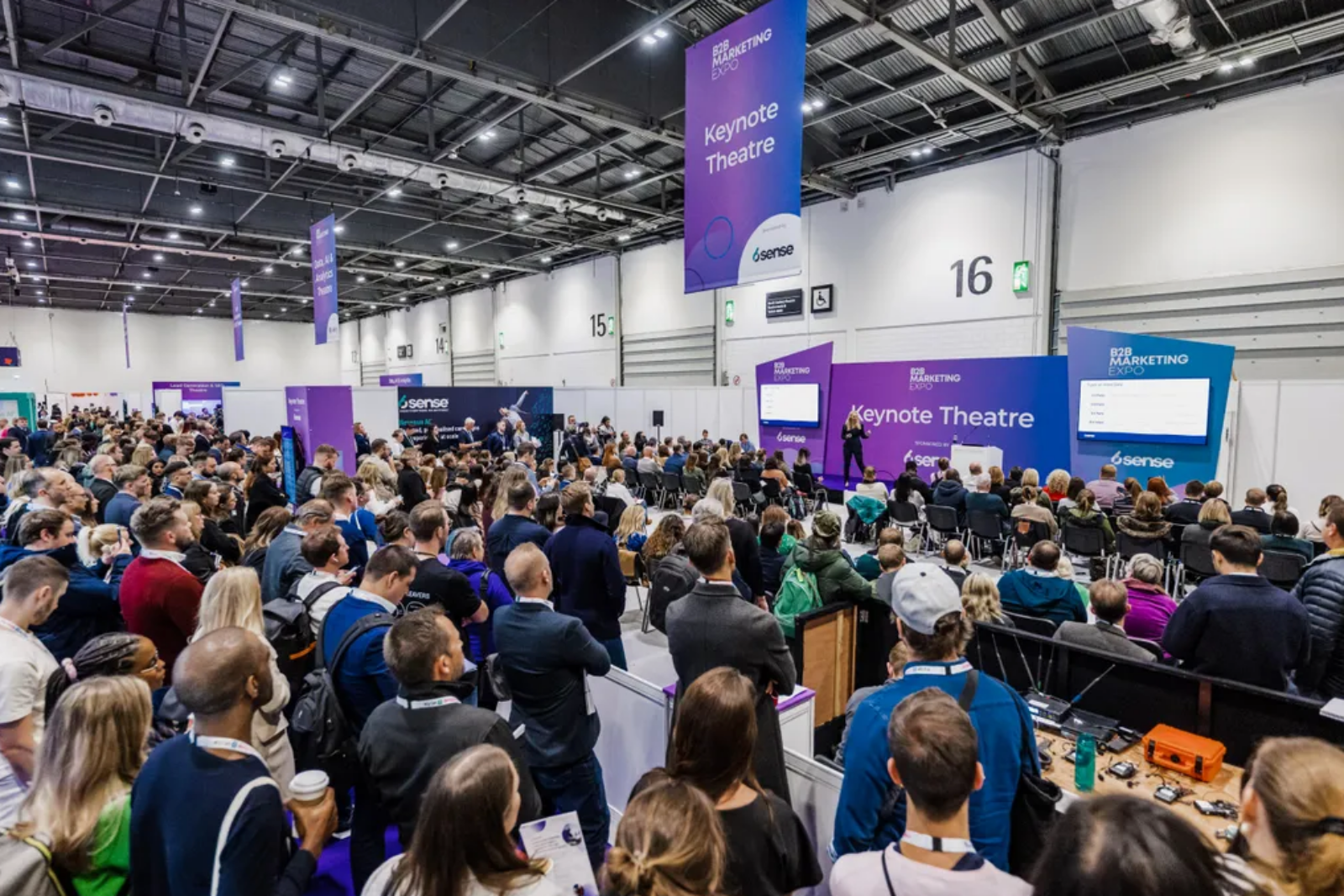Trade shows are big business. It’s estimated that B2B trade shows in the US will surpass $40 billion in value by 2023. 85% of senior executives say events are critical to their success.
The manufacturing industry’s relationship-driven business model makes trade shows even more impactful than other sectors. That said, as a manufacturer, your company needs to think strategically about your events if you want to get the most bang for your buck. Let’s look at how you can dominate a tradeshow without breaking your budget.
Pre-Show Activities
Trade show calendars are set years in advance. With so much lead time before a show actually happens, you can go a long way to ensuring success before your plane touches the ground in the event’s host city.
Traditionally, marketers build their pre-show activities around the list of attendees for the show. Shows will differ in when and who they give the list to, but most marketing campaigns are built around the mass list of attendees.
However, there are unseen challenges with using the event list as your main guide for your pre-show activities. Firstly, it’s too large of a list to create any sort of personalized campaign. Secondly, who knows if a random name on the list has any interest in your products?
The best way to effectively market before an event is to understand which attendees are potential customers.
The right revenue technology can provide these insights by showing which attendees are already visiting your website, reading industry news articles relevant to your brand, and researching products you can offer. This lets you know which attendees are actually in-market.
With real-time data on who is in-market, you can reference the attendee list to understand where to prioritize. No need to send a giant, generic email blast to thousands of people. Instead, you can craft targeted, personalized campaigns that capture the attention of your highest priority customers and prospects, and book meetings with your most likely buyers.
Pre-show marketing doesn’t have to be a shot in the dark. With the right tool, you can feel confident about an event’s success before you step on the conference room floor.
Strategies to Use During the Show
Once you’re at the event itself, the days will be less stressful because you’ve identified the key customers and prospects in attendance that are interested in hearing from you.
One of the hardest parts of attending a trade show is deciding on your messaging for the event. Do you focus on one particular product? Announce a brand new innovation? Or generalize and try to capture as many eyeballs as possible?
You don’t need to worry about this stuff when you know your target audience. Using the buying signals you’ve picked up on, you can easily craft your entire presence to precisely the right messaging for your target buyers.
Instead of trading some swag for a badge scan, you can create entire on-site experiences designed to win over your audience. Set up personalized meeting rooms where customers and prospects can speak with your top executives to discuss the issues that really matter to them, or craft content that dives deep into the topics they’ve been researching.
Because you know who you really want to target at the show, you can cut down on unnecessary sponsorships and signage, and instead focus on creating a winning experience with your buyers. This reduces your spend and ups the event’s impact on your revenue.
Post-Show Activities
There’s nothing worse than heading back to the office after the show to input hundreds of business cards with hastily scrawled notes on them in the hopes that — despite the astronomical odds — there might be an interested buyer somewhere in there.
But if you’ve planned before the show and executed correctly at the event, you can immediately begin following up on the engagement you had with your target buyers.In fact, you can leverage the information you gleaned during those on-site conversations to inform more personalized campaigns and outreach that speak directly to them.
Measuring the ROI of your events is also easy because our target buyers represent a static audience that you can track over time. After running campaigns (such as LinkedIn ads or targeted emails), you can measure the performance of the different messaging and channels to determine which is most effective on the event audience.
Your event strategy will get more effective as you perform analysis and determine which post-event activities drive the most engagement.
Conclusion
Trade shows are a whirlwind of sight, sounds, and activities. It can be difficult to know if they’ve had a positive impact on your bottom line. But, if you leverage the right tools and focus only on the attendees you know are interested in speaking with you, you’ll be amazed at how much success you can see at events.



